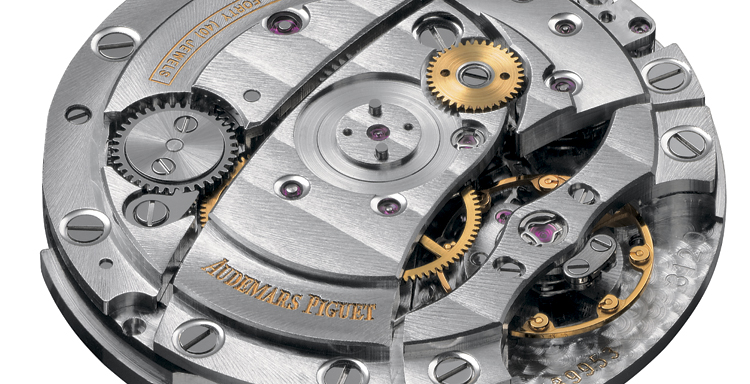The great Harrison, inventor of the first timepiece capable of being described as a Chronometer was actually working to a higher goal: a Chronometer capable of being carried on a sailing ship. By displaying the time at Greenwich accurately it would permit the calculation of longitude (distance east or west), and thus position.
Harrison’s fourth marque (H4) was fashioned in 1761 as a large pocket watch, the enclosed case protecting it from outside influences. What a miracle of craftsmanship: inventing a chronometer is one thing; to invent one you can put in your pocket and sail around the world with is another. Incredibly he did both, and Captain James Cook never left home without one again.
Watches have been around since the late 1600s, and two Swiss firms claim to be the oldest in the world: Blancpain founded in 1735, was a victim of the move to quartz in the 1970s. The brand has since been reborn with new owners. The other, Vacheron Constantin, has been in the same family since 1755. Neither firm however made anything that could be considered accurate until relatively modern times.
There are 3 distinct parts to a watch, or any mechanical time-piece for that matter. First the power reserve, the energy store. This is conventionally a strong spring wound by hand or by a mechanical device. Like any other spring, the force it exerts as it tries to unwind reduces as it does so.
Next the train. This is a term to describe the series of linked circular gears that reduce the tiny-but-powerful movement of the spring as it unwinds to the large-but-weak movement of the hands of the watch. These gears must be suspended between very low friction bearings so as not to waste the energy of the spring. Semi-precious stones (jewels) are used.
Lastly the escapement. This is the cunning device that regulates the speed at which the train permits the spring to unwind. A rocking cup-shaped gate pivots backwards and forwards to allow the final gear of the train to advance exactly one tooth at a time. The energy required to make the cup-gate pivot is provided by the final gear itself jerking forward which tightens up a tiny coil spring for a moment – which then promptly springs back, pivoting the cup-gate back again, until the next surge of the train starts the cycle again.
The rocking backwards and forwards of the escapement, and the tightening and releasing of the little coil spring is regulated by enclosing the escapement and spring in a tiny balanced wheel. The wheel acts as a store of kinetic energy for the spring. The speed of the watch is adjusted by tightening or slackening the coil spring, and the accuracy of the watch is controlled by adjusting the balance of the balance wheel.
This much every watchmaker knew two hundred years ago. Advances since then by some of the great names in the watch making world have refined and refined again the elements that control reliability and accuracy in ever-more demanding conditions.
What is astonishing to we of the electronic age is the mechanical sophistication of the early great watch-makers. Breguet invented the tourbillion in the late 1700s. This ultra-refinement was designed to counteract the one-sided effect of gravity on a balance wheel if the watch was kept in one position for a period of time. The trick was to have the whole escapement movement rotate once a minute so that any gravitic distortions would be evenly spread. The modern wristwatch, constantly in motion, hardly needs such a device, but as a thing of pure mechanical beauty many manufacturers put them in anyway.
